Nareh Arghamanyan - Franz Liszt: The 2 Piano Concertos (2012) [Hi-Res]
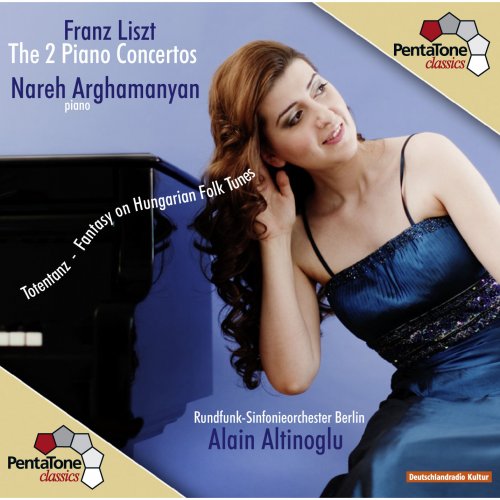
Artist: Nareh Arghamanyan, Rundfunk-Sinfonieorchester Berlin, Alain Altinoglu
Title: Franz Liszt: The 2 Piano Concertos
Year Of Release: 2012
Label: PentaTone
Genre: Classical Piano
Quality: flac lossless (tracks) / flac 24bits - 96.0kHz +Booklet
Total Time: 01:12:24
Total Size: 276 mb / 1.33 gb
WebSite: Album Preview
TracklistTitle: Franz Liszt: The 2 Piano Concertos
Year Of Release: 2012
Label: PentaTone
Genre: Classical Piano
Quality: flac lossless (tracks) / flac 24bits - 96.0kHz +Booklet
Total Time: 01:12:24
Total Size: 276 mb / 1.33 gb
WebSite: Album Preview
01. Piano Concerto No. 1 in E-Flat Major, S. 124 / R. 455: I. Allegro maestoso
02. Piano Concerto No. 1 in E-Flat Major, S. 124 / R. 455: II. Quasi adagio - Allegretto vivace
03. Piano Concerto No. 1 in E-Flat Major, S. 124 / R. 455: III. Allegro marziale animato
04. Piano Concerto No. 2 in A Major, S. 125 / R. 456: I. Adagio sostenuto assai -
05. Piano Concerto No. 2 in A Major, S. 125 / R. 456: II. Allegro agitato assai -
06. Piano Concerto No. 2 in A Major, S. 125 / R. 456: III. Allegro deciso -
07. Piano Concerto No. 2 in A Major, S. 125 / R. 456: IV. Marziale un poco meno allegro
08. Totentanz, S. 126 / R. 457: Andante - Allegro - Allegro moderato -
09. Totentanz, S. 126 / R. 457: Variation 1 - Variation 2 -
10. Totentanz, S. 126 / R. 457: Variation 3 -
11. Totentanz, S. 126 / R. 457: Variation 4 -
12. Totentanz, S. 126 / R. 457: Variation 5 -
13. Totentanz, S. 126 / R. 457: Variation 6
14. Fantasia On Hungarian Folk Themes, S. 123 / R. 458 "Hungarian Fantasy"
The debut album of Nareh Arghamanyan, born in Armenia who was admitted to the Vienna Conservatory at the age of 14 (youngest ever). This Rachmaninov recital was very well received. Classics today gave it a 10/10 and uses it as benchmark recording. This recording has already generated great reviews in the US
“These interpretations...display some obvious strengths: the technique of this young Armenian-born pianist is beautifully fluent, giving her playing a freedom that is not at all slick or perfunctory, and she also offers likeable, rounded tone and more than reasonable firepower. But you do also need the imagination to come up with individual things to say and there's too little evidence of this.” (BBC Music Magazine)
“Here is playing of real poetic poetic allure bathed in a golden piano tone.” (Gramophone Magazine)
„…Of special note in the First Concerto is Arghamanyan's playing of the second movement Quasi adagio at times so affectionate and intimate. Suddenly altering character the music becomes stormy and forthright with Arghamanyan shifting swiftly to a joyous and up-lifting mood. The sound of the infamous triangle in the Allegretto vivace was barely audible. This is light-hearted music that seems to canter along without a care in the world with Arghamanyan confidently negotiating the hazards along the way. With occasional bouts of seriousness in the buoyant and jaunty writing of the final movement there is spirited and assured playing. I loved the barnstorming Presto conclusion... ... With Arghamanyan and Altinoglu I especially enjoyed the restless feel and quick tempo of the opening movement. It generates a real sense of drama. The opening of the Allegro agitato assai feels ominous building to a compelling climax before moving to a relaxing world of ease and comfort. I loved the windswept quality of the Allegro deciso with its keen forward momentum and muscularity. Most remarkable are the contrasting moods in the Finale marked Marziale, un poco meno allegro. The bravura conclusion is dramatic... It seems that Liszt was inspired to write his Totentanz (Dance of death or Dance macabre) Paraphrase on the Dies irae for piano and orchestra, S.126 by the magnificent frescoes titled The Triumph of Death on the wall of the basilica in the Campo Santo at Pisa. The Totentanz comprises a series of variations that embodies the plainchant of the Dies Irae. It was first sketched out by Liszt around 1839 and completed by 1849 undergoing subsequent revision. Here the soloist shows fine musicianship giving a most persuasive account that conveys a wide range of colour and dynamic. The conclusion is both exhilarating and highly dramatic. With regard to alternative recordings I admire the stirring and confident performance from Krystian Zimerman mentioned above. Liszt's Fantasy on Hungarian Folk Tunes for piano and orchestra, S.123 (Hungarian Fantasy) composed in 1852/53 has a similar style with comparable energetic rhythms to his renowned Hungarian Rhapsodies. It's a score that I experience as frequently coarse, overblown and sometimes brash but always absorbing and often thrilling. Arghamanyan is a most persuasive soloist. Of the finest accounts of the Hungarian Fantasy I'm happy to stay with Arghamanyan on Pentatone. As an alternative there is the vibrant 1981 Philadelphia account from soloist Cyprien Katsaris and the Philadelphia Orchestra under Eugene Ormandy on PIANO 21 P21 022-A. The orchestra play convincingly throughout this disc demonstrating keen concentration and splendid musicianship. The orchestral colours are broad in range and spectacularly vivid.“ (Michael Cookson, MusicWeb International)
Nareh Arghamanyan, piano
Rundfunk-Sinfonieorchester Berlin
Alain Altinoglu, conductor
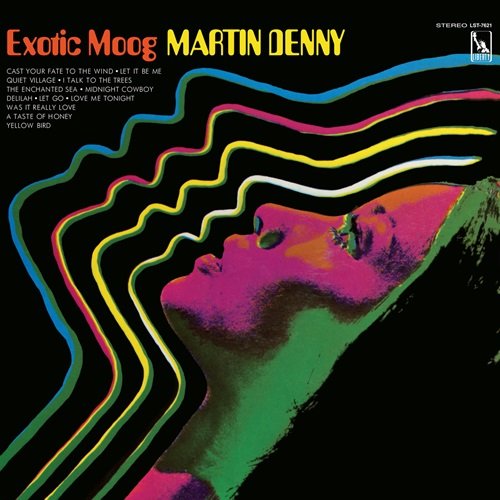


![Koldo Munné & 1520's Ensemble - Live at Jamboree Live Music (2025) [Hi-Res] Koldo Munné & 1520's Ensemble - Live at Jamboree Live Music (2025) [Hi-Res]](https://www.dibpic.com/uploads/posts/2025-12/1765846749_ck2b0xbsb8jna_600.jpg)

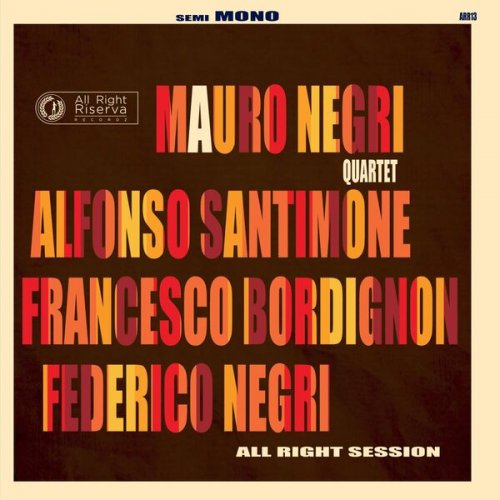
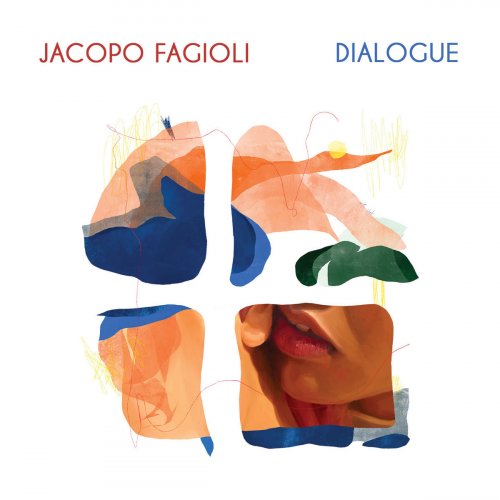
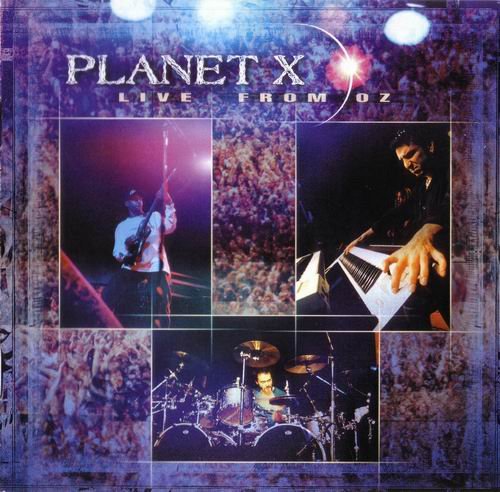
![Dave Bainbridge - ON THE EDGE (OF WHAT COULD BE) (2025) [Hi-Res] Dave Bainbridge - ON THE EDGE (OF WHAT COULD BE) (2025) [Hi-Res]](https://img.israbox.com/img/2025-12/18/7l4en830rpyaxdtr7izc3qrx6.jpg)